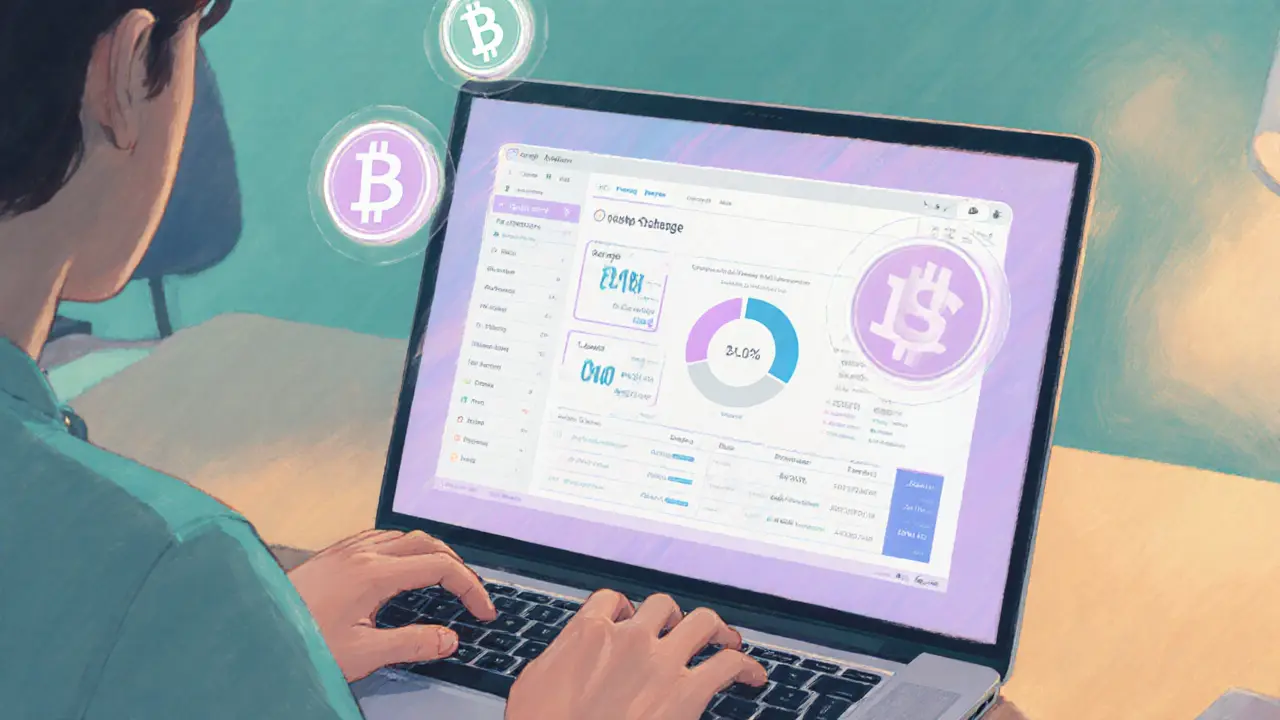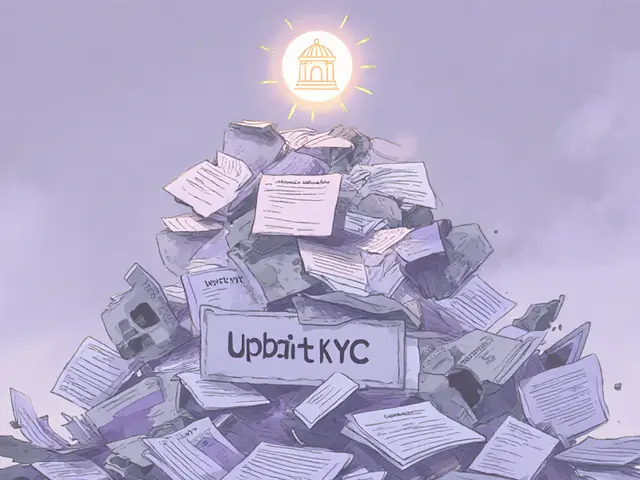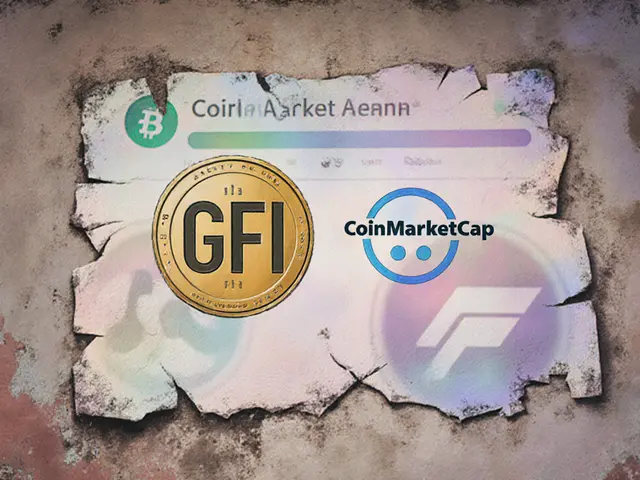SwitchDex Fees: What You Need to Know
When looking at SwitchDex fees, the cost structure users pay when swapping tokens on the SwitchDex decentralized exchange. Also known as SwitchDex trading fees, they determine how much of your trade ends up in the protocol versus your wallet.
Understanding decentralized exchange fees, the charges applied by DEX platforms for token swaps is the first step. Most DEXs charge a percentage of the trade amount, often split between the protocol and liquidity providers. SwitchDex follows a similar model, but its fee percentage can differ based on the pool’s depth and the token pair involved.
Another piece of the puzzle is the liquidity provider (LP) fees, the rewards paid to users who lock assets into a pool to enable swaps. LP fees are usually a subset of the overall fee and are distributed proportionally to each provider’s share of the pool. On SwitchDex, a portion of the fee goes straight to LPs, incentivizing deeper liquidity and tighter spreads for traders.
Don’t forget about gas fees, the network costs required to process a transaction on the underlying blockchain. Even if SwitchDex itself charges a low percentage, high gas prices on networks like Binance Smart Chain or Ethereum can make a trade expensive. Many users time their swaps during low‑traffic periods to keep the total cost down.
SwitchDex also implements fee tiers that adjust based on trade volume and the specific pool’s activity. Maker‑taker models reward users who add liquidity (makers) with lower fees, while takers who simply trade against the pool may pay a slightly higher rate. This tiered approach mirrors what you see on larger platforms such as WOO X or GoSwap, where fee structures are designed to balance liquidity depth and user incentives.
Comparing SwitchDex fees with other exchanges helps put the numbers in perspective. For example, the Deliondex review notes a flat 0.15% fee on most pairs, while WOO X advertises zero‑fee spot trading for high‑volume users. SwitchDex’s variable fee, combined with LP and gas components, often lands in the 0.07%‑0.25% range, making it competitive for traders who value deep pools over ultra‑low fees.
Below you’ll find a curated set of articles that break down these concepts in detail. They cover everything from how fee percentages are calculated, to the impact of LP rewards, to real‑world examples of fee optimization on SwitchDex and similar platforms. Dive in to see how each factor plays out and how you can minimize the cost of every swap.

A detailed 2025 review of SwitchDex crypto exchange covering features, fees, security, and how it stacks up against major DEXs, plus a step‑by‑step guide to start trading.
Jonathan Jennings Jun 30, 2025




